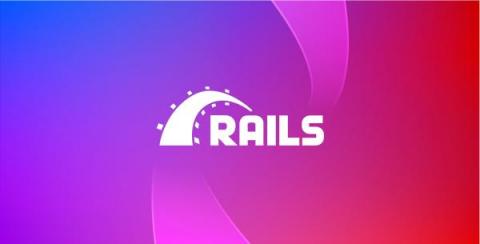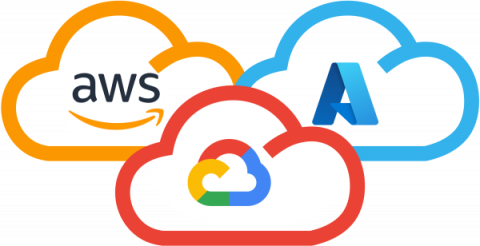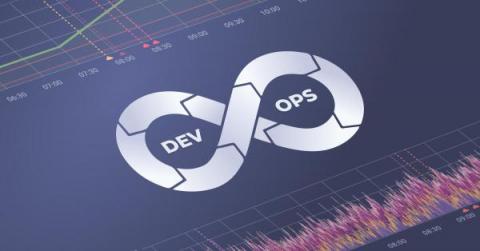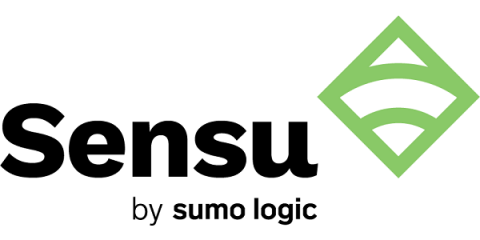Monitoring Rails applications with Datadog
Rails is a Ruby framework for developing web applications. It favors the Model-View-Controller (MVC) architecture and includes generators that create the files needed for each MVC component. Rails applications consist of a database, an application server for running application code, and a web server for processing requests. Rails provides multiple integrations for its supporting database (e.g., MySQL and PostgreSQL) and web server (e.g., Apache and NGINX).











